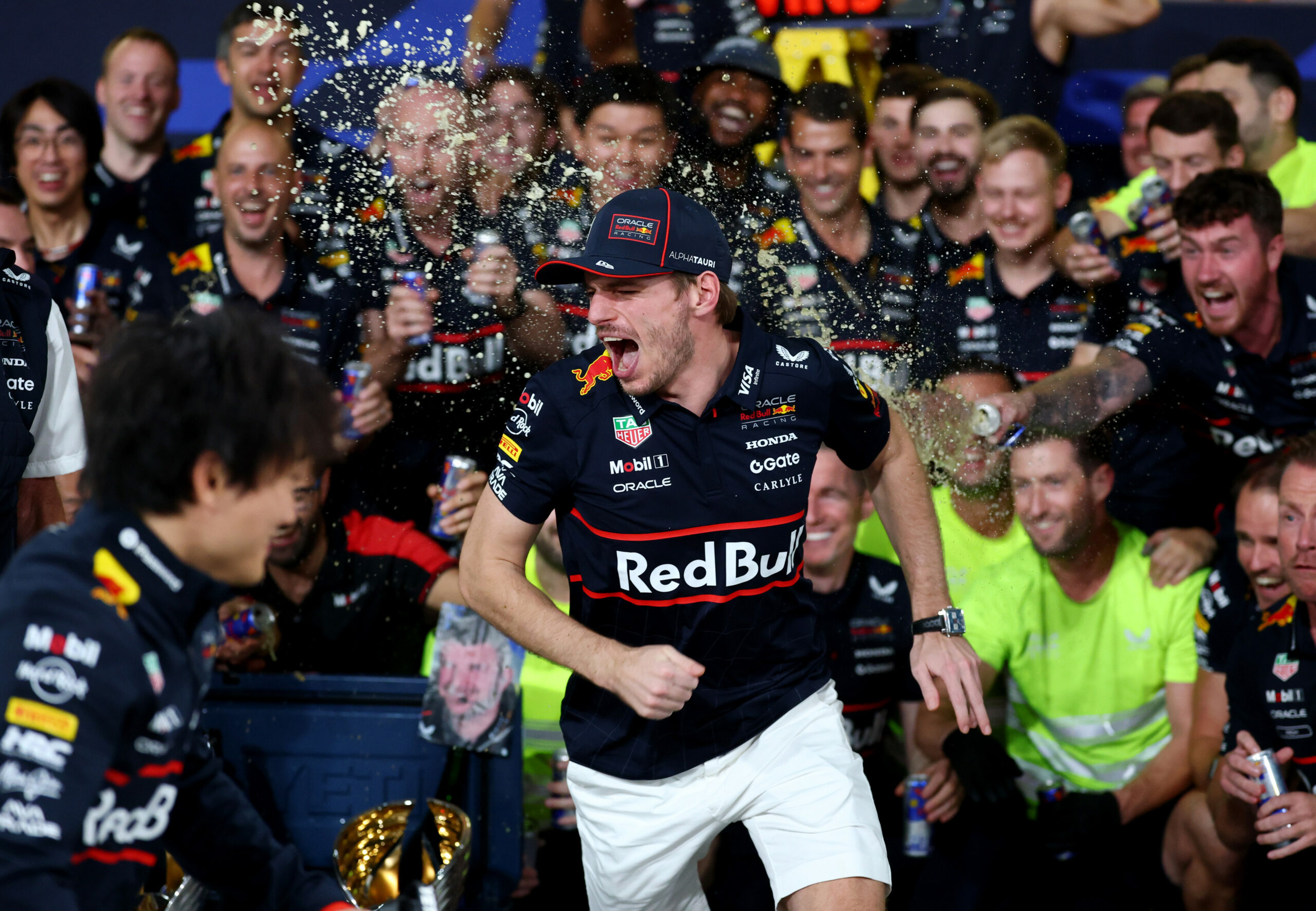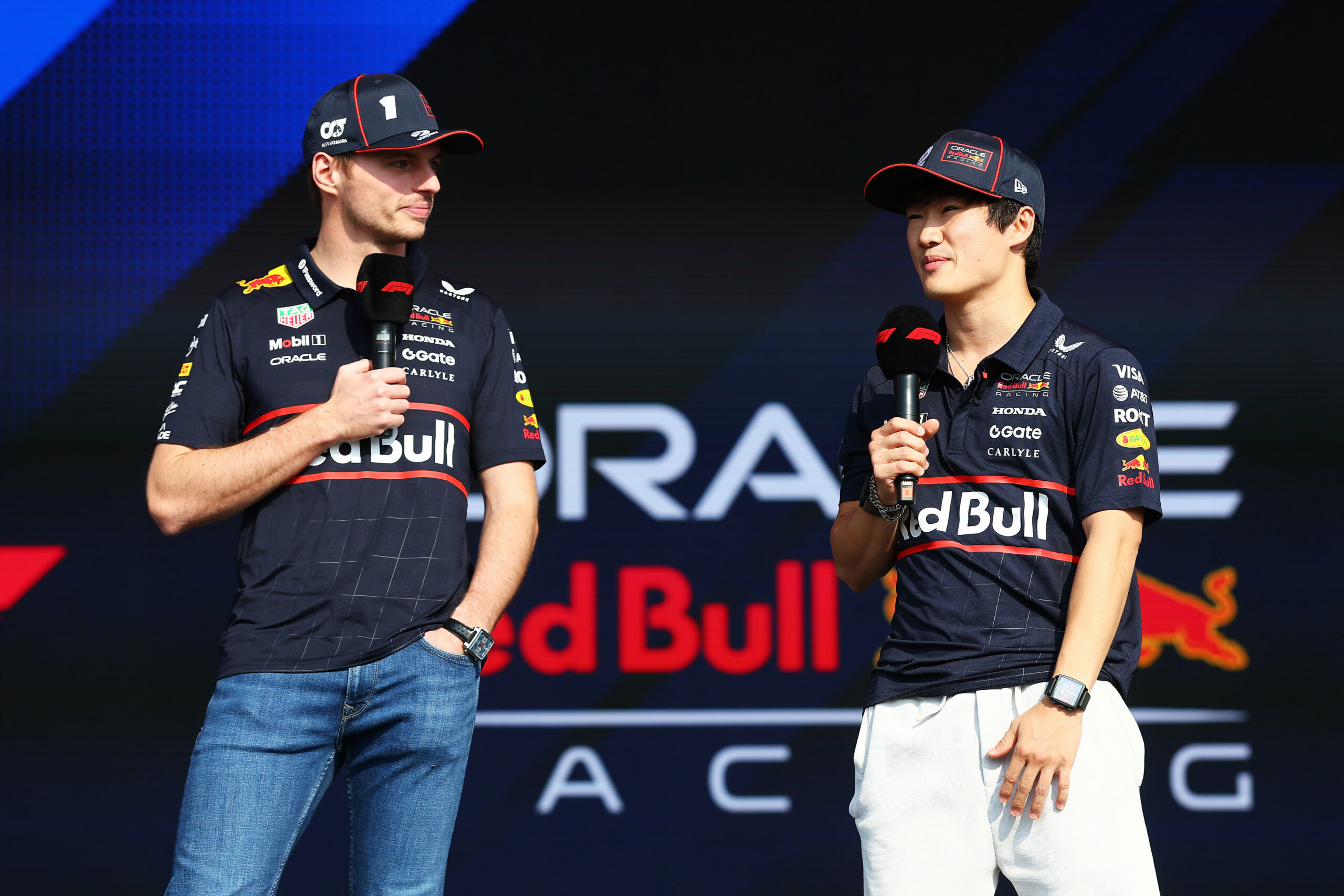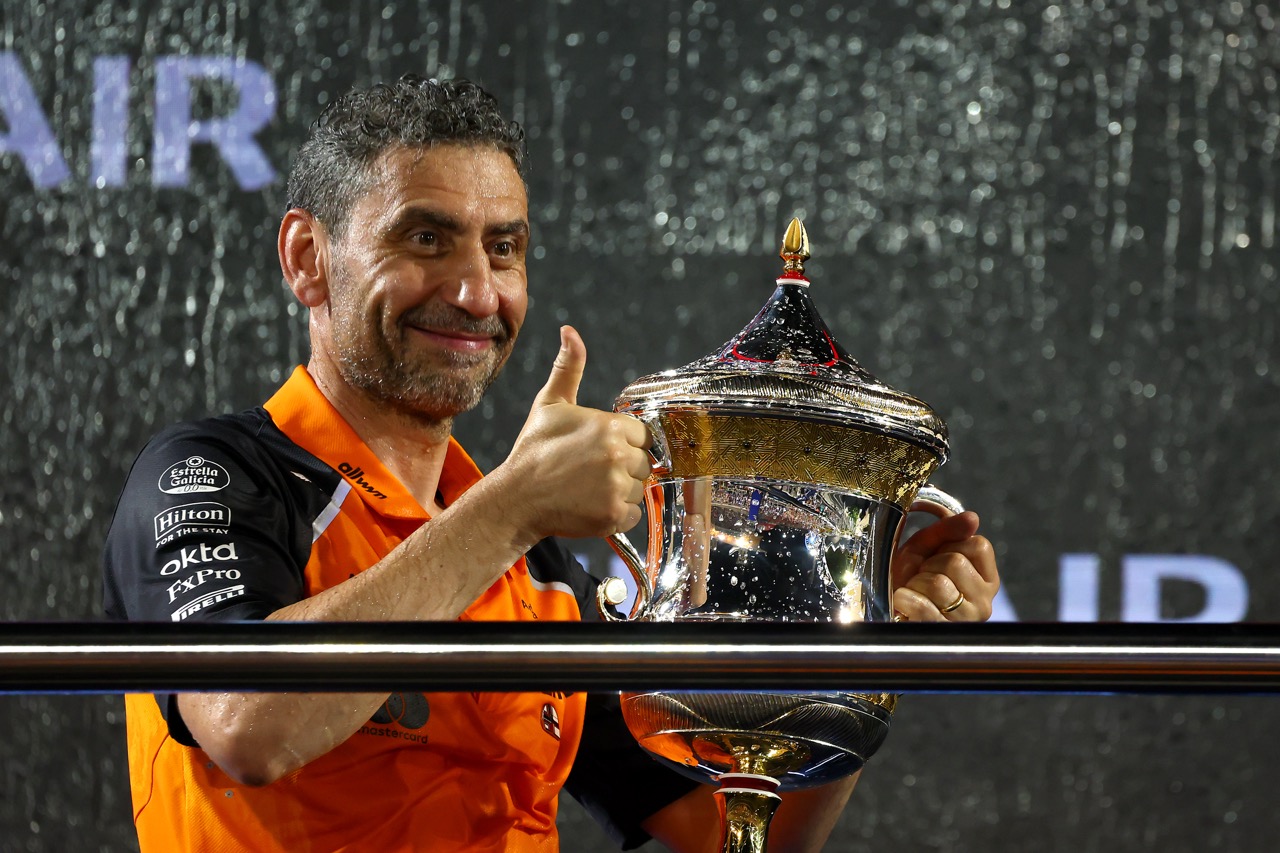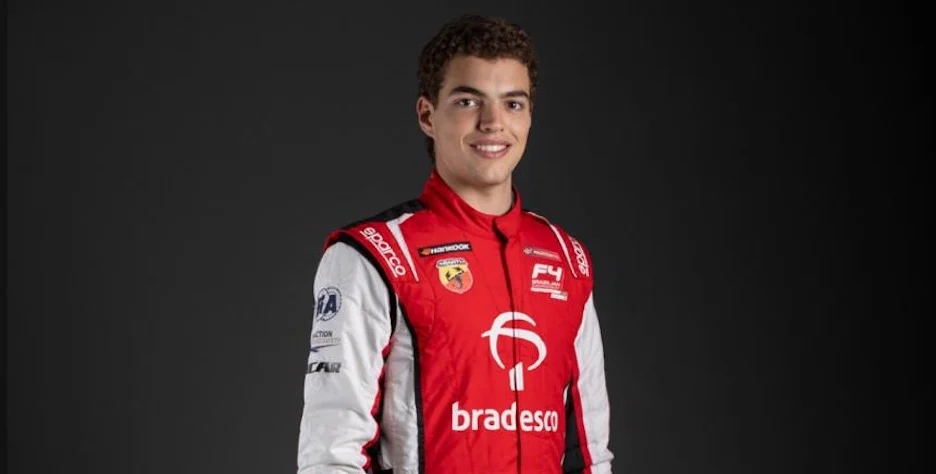
Felix Rosenqvist currently drives for Arrow McLaren in the IndyCar series, but prior to that he’s had a very diverse career on the other side of the Atlantic. He racked up two victories in the Masters of F3, two victories in the Macau Grand Prix, the FIA European Formula 3 Championship, and a handful of Formula E victories, among others. This probably makes him a subject matter expert on racing in both Europe and the United States.
When asked in an exclusive by PitDebrief.com what he thinks the main differences are, he gave a brief description of what is similar.
“Obviously, the culture is very different. I think the cars and everything are pretty similar. I’m driving a Dallara now and I’ve been driving Dallaras for my whole career pretty much.
“It’s a carbon tub and the engine is a turbo engine. I think on that side it’s very similar.”
But there the similarities stopped, highlighting that there is a lot less policing going on in the United States with regards to track limits and penalties.
“What I really like over here is that they don’t want to enforce a lot of stuff. Like track limits for example. I haven’t seen yet an IndyCar race where we have a track limit at all.
“And even when we went to COTA one year, they just allowed us to drive over wherever we wanted. So I think that’s pretty cool.
“They just want the racing to be as pure as possible. And also the same with penalties and stuff. You can see in the race [on Sunday], with me and Rinus [VeeKay] for example in Road America.
“Do I think it was his fault? Yes. Does he think it was his fault? Maybe no. But still there was no penalty. They kind of let the drivers battle it out.
“I think that’s in the end a good thing, even if I would have preferred that he had a penalty. I still prefer it to be that way, than everyone getting penalties for everything.
“I think that gets old and it’s not good for fans. And people want to see racing. So on that side I’m very happy with how it works here.”
The Arrow McLaren driver did add a negative to the list however, saying that the strategy is not always in the hands of the team and driver:
“I think what I don’t like is the kind of randomness from a strategy side. When you can’t go into the pits during a safety car [caution period]. It can really screw your race. I think over a season it evens out.
“Sometimes you gain, like your race is saved because of it. And sometimes you lose your whole race even if you’re leading. I think that’s probably what I’m least in favor of.
“But overall I like to race over here more because it’s more [about the] racing.”
Another big difference is the cultural difference between Europe and the US, especially for someone from Sweden. Nordic people are often not considered to be the most outgoing and prideful people, so one would think that Rosenqvist considers all typical American pre-race traditions over the top, but the opposite is true.
“I think it’s refreshing coming from Sweden. I think America is very proud of what America is. They’re proud of their military and the defense and the schools.
“They have a very different pride over here. I think it’s good. It’s not a bad thing when you stand there before the race and there’s 400,000 people, and you can hear a needle drop. It’s completely quiet.
“It just shows a respect. Everyone in this country seems to unite at those moments. Which I think is really cool.”
Rosenqvist added that he feels that there is something his home country can learn from his new country of residence.
“I think in Sweden we do that when it comes to sport. But there’s also a lot of other times where we don’t. It seems to be hard for a country to come together as one sometimes. I think that’s something to learn from the US as well.
“It’s probably the most opposite culture to Sweden you can find, over here. But overall I like it.
“It took a while to get used to, obviously, because it’s so different. But I love it. It’s really cool to be here. They make a big show with the race, especially the 500.
“It’s just such a cool thing to be part of. As we want America to be. Everything is bigger and better.”
The 31-year-old is not the only Swede in America’s top-tier open wheel championship. Marcus Ericsson joined the series in the same season as Rosenqvist did, and it really peaked the interest of Swedish motorsport fans.
“I think it’s been pretty huge, the increase in interest from Sweden. I think especially since Marcus won the 500.”
Rosenqvist feels his compatriot’s tenure in the so called pinnacle of motorsport wasn’t reflective of his true skills behind the wheel, adding:
“He came from F1. He wasn’t very successful in F1, because he didn’t have a chance with the teams he drove for, which is a shame. I think he’s a great driver. I think he deserved a better shot there in F1.”
But their entrance into the sport did make Sweden seem to forget about Formula 1 and other series, bringing the fans to the track with their recognisable blue and yellow colours.
“He came over here at the same time as I did. So all the eyes from Sweden turned to IndyCar. Since then there’s been a never ending growing. Especially when Marcus won the race [Indy 500].
“Now we have fans that probably didn’t follow F1 or anything before, and now they’re fully fledged IndyCar fans. It’s really cool to see that growth.
“And we also see the flags and everything out on the racetracks. Like the Month of May there were a thousand Swedes at Indianapolis.”




